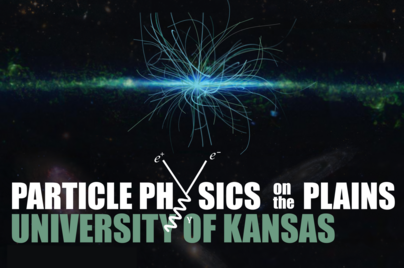Conveners
Astrophysical Probes
- dorival Gonçalves (Oklahoma State University)
Direct detection of dark matter is essential for understanding its particle nature and properties in the late universe. However, traditional methods designed to target WIMPs face significant challenges in probing sub-GeV dark matter masses. These difficulties highlight the need for developing new techniques to effectively detect light dark matter. In this talk, I will first provide an overview...
We propose the use of space-based quantum sensors to study ultralight dark matter bound to planets. Using Jupiter and Earth as examples, we demonstrate that current and future experiments can constrain the mass and coupling of scalar dark matter. Jupiter, being the most massive planet in the solar system, is expected to accumulate the largest amount of dark matter compared to lighter planets....
In the pathfinder project of DarkSRF, the thermal jittering of the receiver cavity has been conservatively modeled with a constant mismatch, assuming the receiver is always off-resonant with the emitter. In this paper, we develop a more refined model by treating jittering as a random process, utilizing its power density spectrum. We derive the analytical solutions for the expectation value and...
We propose a novel method to study the ultra-light scalars, where compact rotating objects undergo the phenomenon of superradiance to create gravitational waves and neutrino flux signals. The neutrino flux results from the 'right' coupling between the ultra-light scalars and the neutrinos. We study the intertwining of gravitational waves and neutrino flux signals produced from a single source...
Axions are considered a promising candidate for dark matter due to their small mass and the potential for large-scale production in stellar environments, which can significantly affect stellar evolution. Cepheid variables are particularly sensitive to axion production, as it may eliminate the blue loop stages of their evolution. This alteration effectively removes certain evolutionary phases...
The coupling of axions or axion-like particles (ALPs) with photons may enable photons to escape optically opaque regions through the $\gamma\to a \to \gamma$ process by oscillating into ALPs. This is essentially the Light Shining through Wall (LSW) technique, applied in an astrophysical environment. We take the LSW technique and demonstrate that astrophysical environments like obscured...

